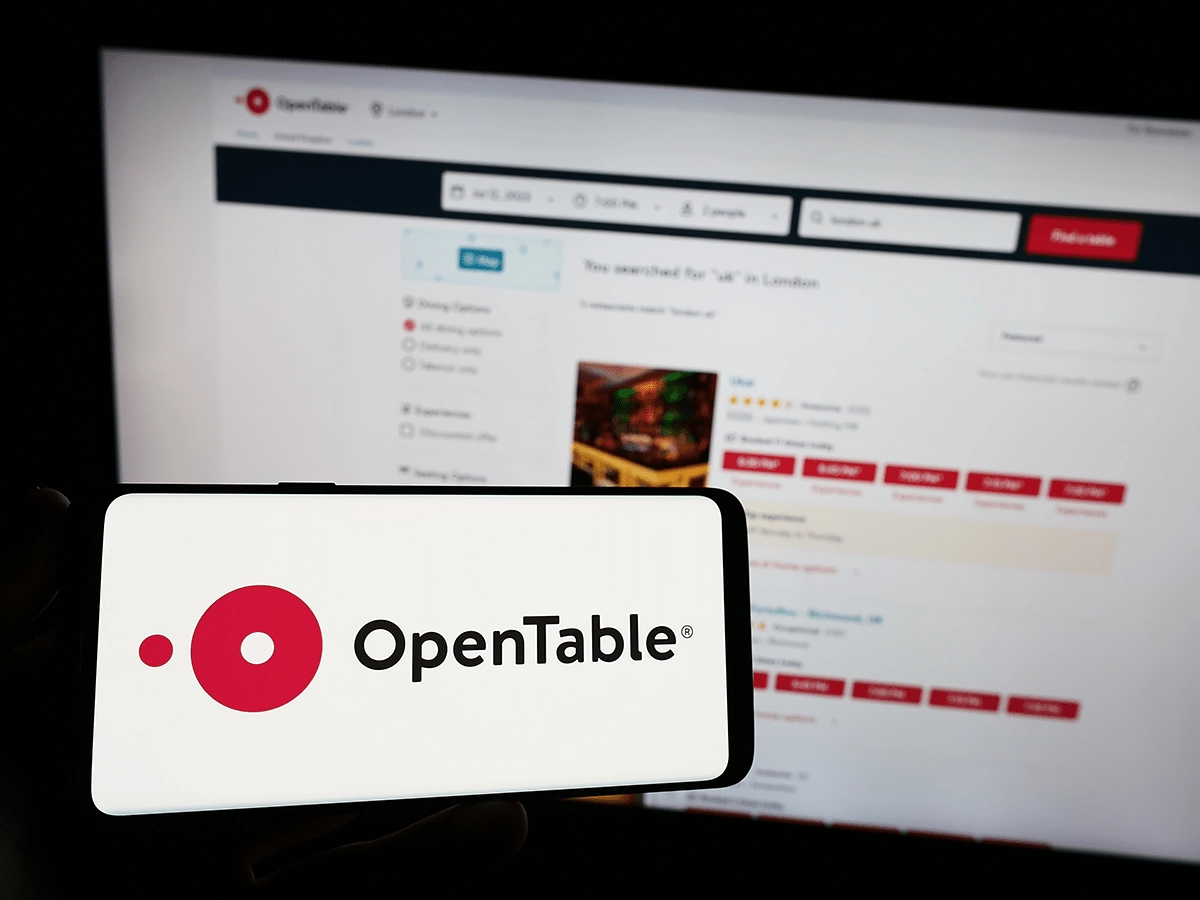Frequent restaurant-goers are familiar with the restaurant reservation websites like OpenTable and Resy. We no longer need to make a phone call to request a table reservation; instead, we simply hop online, select the number of guests, and browse available timeslots.
Systems like these make booking restaurant reservations a breeze, saving us the time and inconvenience of waiting on the phone to speak to a host. Why don’t we apply a similar approach to healthcare, particularly when it comes to arranging transportation for patients? While the idea may seem promising at first, at Roundtrip, we believe that patient transportation booking requires a more nuanced approach.
The “OpenTable” model in healthcare
A process resembling the OpenTable model has been adopted by some health systems, allowing care coordinators to book transportation services for patients by selecting from pre-set time blocks offered by transportation providers. For instance, a care coordinator might log in and see that Joe’s Ambulance has three available time slots: 10 am, 3 pm, and 5 pm.
While straightforward, in practice, there are drawbacks for health systems looking to reduce their length of stay:
- Lack of Flexibility: The “OpenTable” model fails to account for the unique needs of patients and the time actually needed for a ride. With this model, medical information and trip details are simply passed along, but not taken into account in the optimization of transportation company’s schedule. Rides that need a crew to come up to the 5th floor and travel 50 miles are very different than rides down the street to a local post-acute care facility. Unless those “slots” are updated across all transportation providers in real-time based on rides in the queue, there is still opportunity for optimization.
- An Incomplete Picture: The “OpenTable” model offers no option for care coordinators to select the exact time they want a patient to be picked up. If a patient needs to be transported at 1 pm but the only available reservation is at 4 pm, this causes an unnecessary three-hour delay in the patient’s discharge. In this model, discharge times are dictated by transportation providers ahead of time without context of the patient need, distance, and other details. Reducing length of stay (LOS) is a major priority for health systems, and the “OpenTable” model can contribute to increased overall LOS by failing to communicate the actual desired pick-up time.
The bottom line is that the “OpenTable” model standardizes the schedules of the transportation providers rather than prioritizing patient flow, leaving room for further optimization.
The need for a nuanced approach
Health systems have unique transportation needs influenced by location, patient population, and existing relationships with transportation companies. Therefore, we believe that ride booking technology should not have a one-size-fits-all approach, but rather enable health systems to maintain their relationships with transportation providers while ensuring they can secure the most optimal arrival times:
- Transportation Community-Based Model: Health systems should leverage multiple relationships with transportation companies and strategically assign rides based on factors like geographical location, payer profiles, and the specific medical requirements of patients, which may necessitate different types of vehicles. Leveraging multiple transportation companies ensures availability in circumstances where one is not able to accept a ride or does not have the appropriate vehicle type for your patient’s medical condition.
- Patient-Centric:Technology should not only communicate details about patient needs, distance that needs to be traveled, and other relevant details, but should also empower transportation companies to maximize resources. These details give context that is essential to properly route vehicles, all the while creating a comfortable and safe experience for the patient and realistic timeliness expectations for the health system.
- Demand-Based ETAs: Creating a mechanism that allows care coordinators to communicate the desired pick-up time creates an understanding of the health system’s demand. Even if the request cannot be perfectly accommodated, both parties know that transportation delays are affecting the discharge. This shared visibility provides the data needed to optimize processes and staffing that best suit the patient, transportation provider, and health system needs.
The “OpenTable” model may work wonders for restaurant reservations, but in the healthcare realm, it’s not a one-size-fits-all solution. Ultimately, the “OpenTable” model is designed to equally space out rides for a single transportation company’s capacity, not to comprehensively address the health system discharge needs. To reduce length of stay, truly optimize transportation capacity, and fairly measure performance, a more flexible and nuanced approach is essential.

